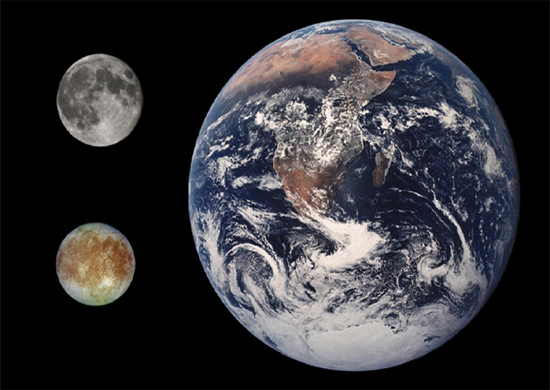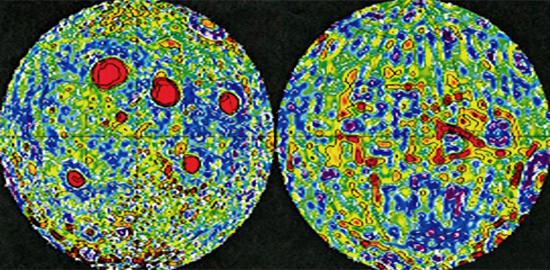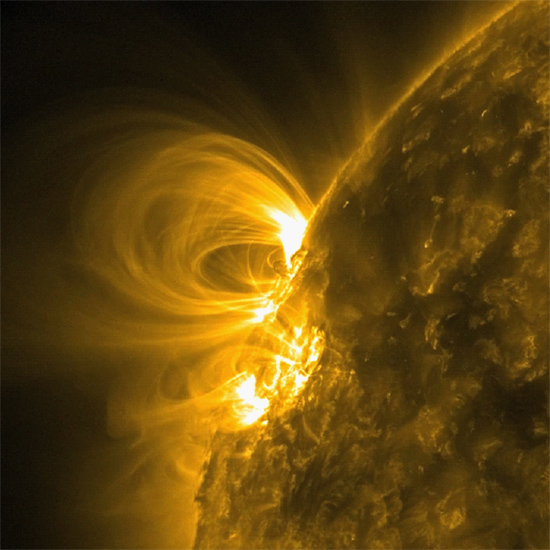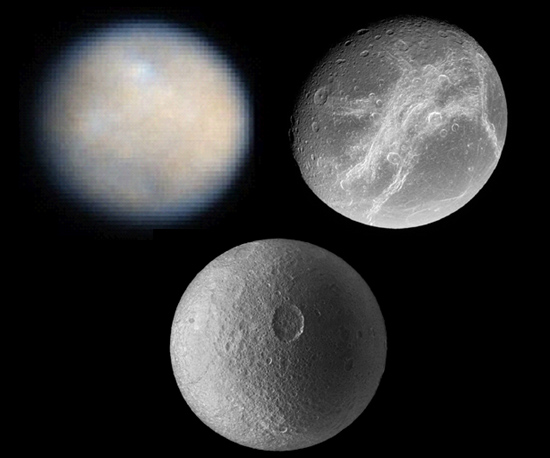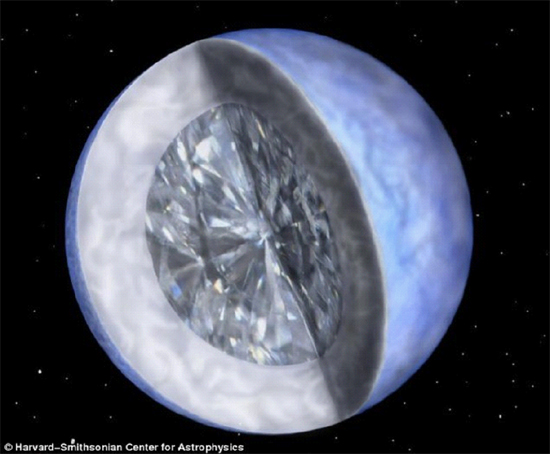Lunar Grail
Mercury’s Catastrophic Birth
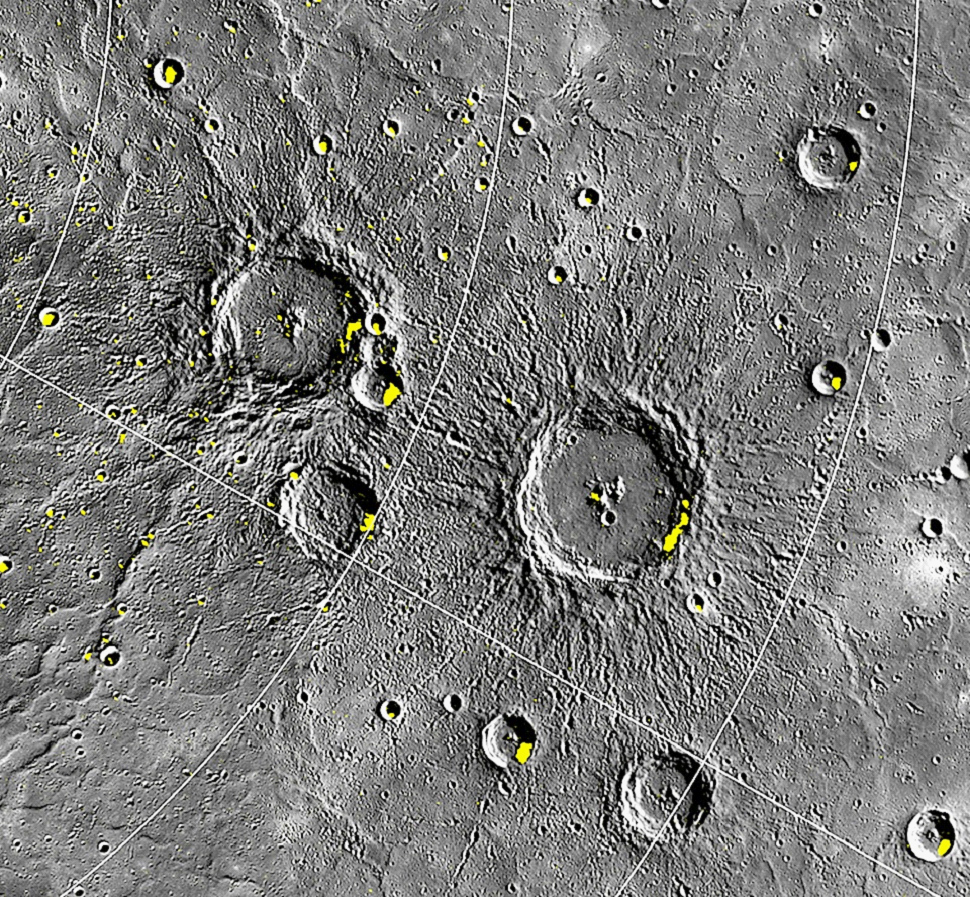
August 28, 2012 Mercury reveals the violence of planetary genesis. Mercury’s story is probably a complicated tale of extremes. The planet’s surface is heavily scarred, with steep-walled canyons, scarps that rise up several kilometers, and craters that penetrate the crust for several kilometers below the mean elevation. The difference in…
Solar Electromagnetic Flux Dynamics
Jet Streams
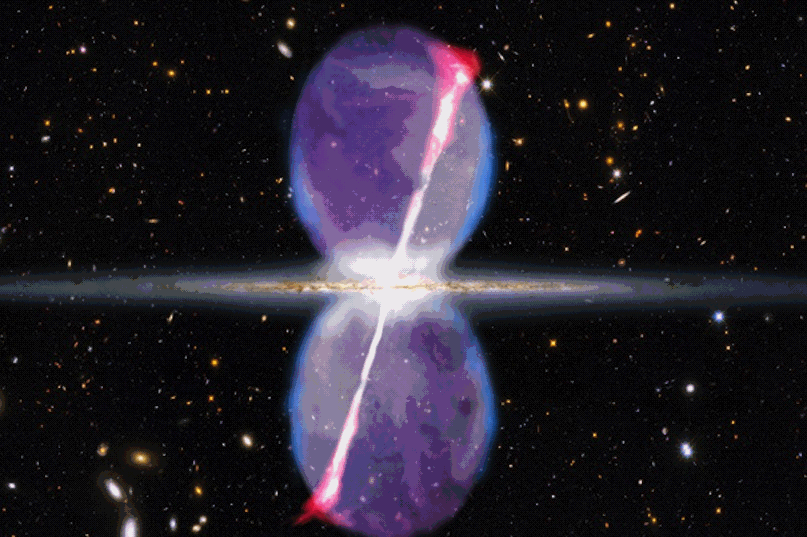
August 22, 2012 Astronomers continue to ignore electricity in space, opting for outdated ideas about gravity and heat. Recently, astronomers from the Harvard-Smithsonian Center for Astrophysics announced that our own Milky Way galaxy is expelling enormous jets of gamma rays from a putative supermassive black hole residing in its nucleus….
Vesta’s Sister
Fair Daughter of the Dawn
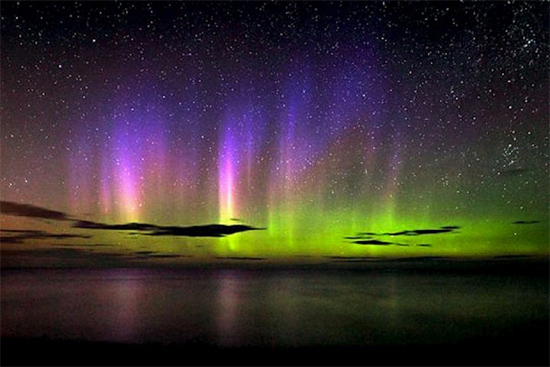
Aug 16, 2012 Recent X-class solar flares have ignited the polar lights. An electrically active magnetotail (or plasma tail) extends for millions of kilometers from Earth. Charged particles from the Sun, otherwise known as the solar wind, together with ions generated by the Earth, gather in a plasma sheet inside the…
Slip and Slide
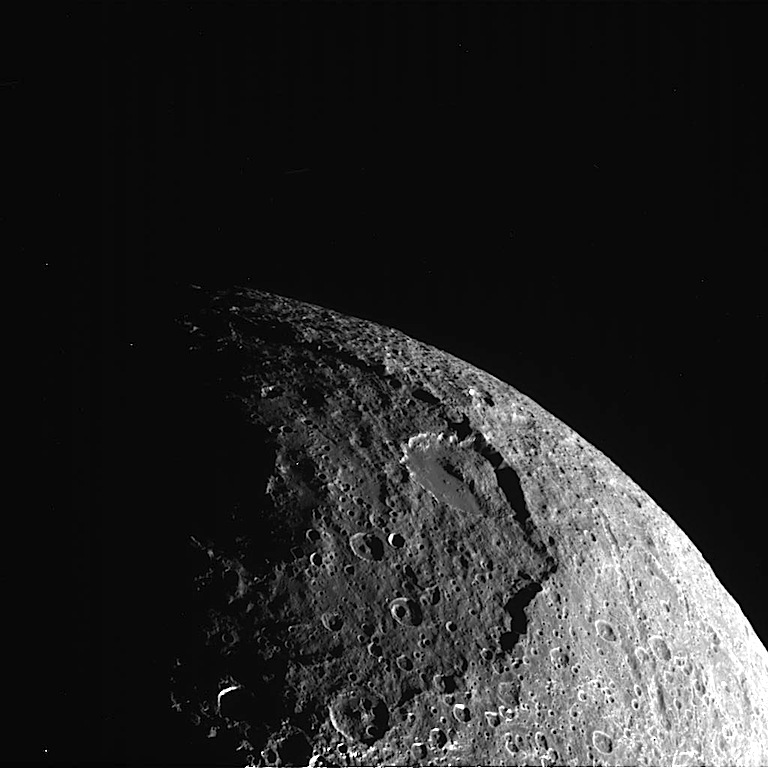
August 13, 2012 Is it gravity and heat that cause landslides on Iapetus? Recently, the science journal Nature Geoscience described giant, icy landslides that are supposedly taking place on the Saturnian moon Iapetus. According to the report, it is frictional heating that overcomes resistance, causing the moon’s crust to…
My Friend Flicker
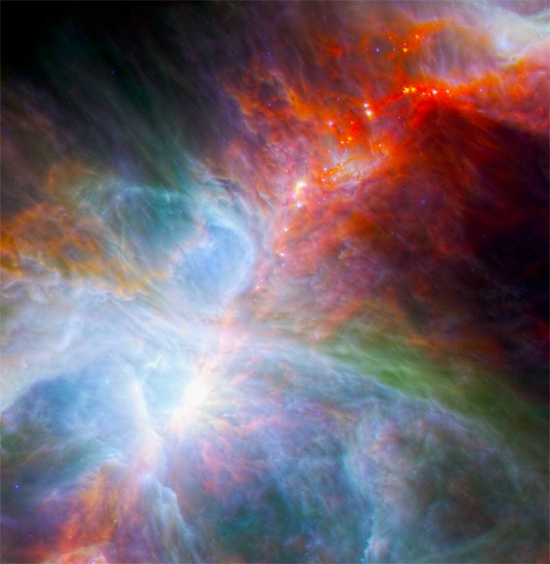
August 10, 2012 What causes the rapid changes observed in Orion Nebula “protostars”? Using a combination of NASA’s Spitzer Space Telescope and the ESA Herschel Space Observatory, astronomers found that so-called “young stars” are changing in brightness much faster than they thought possible. Instead of taking several years for material…





